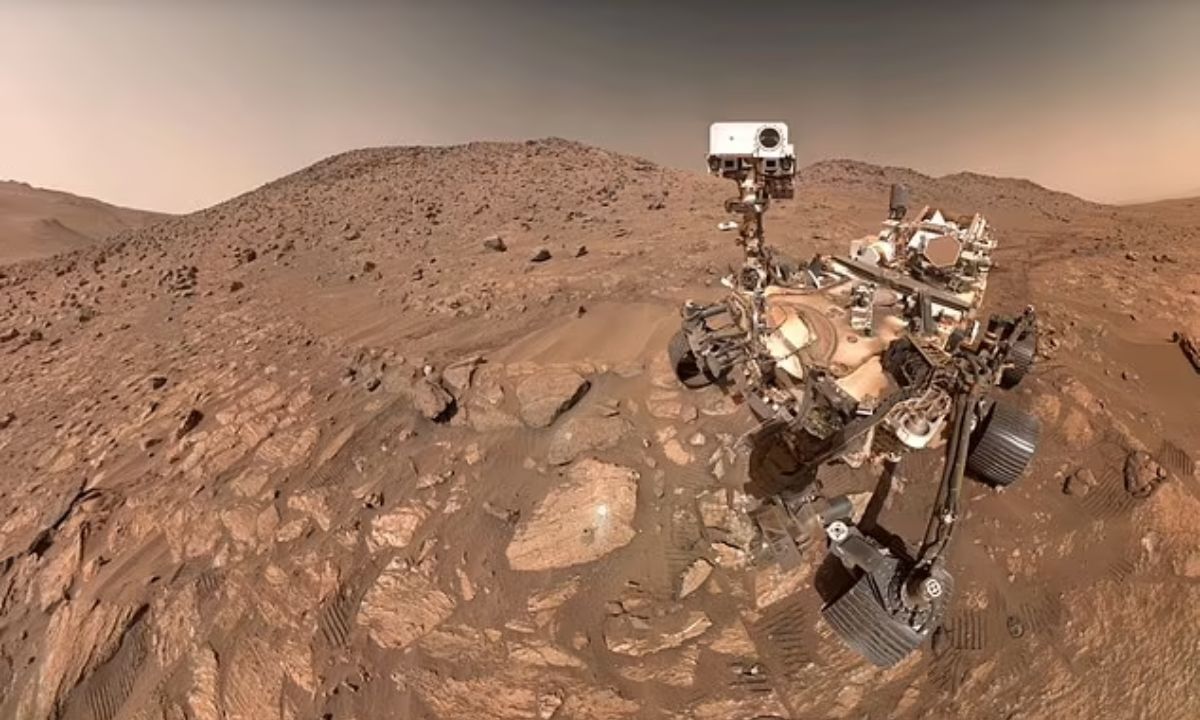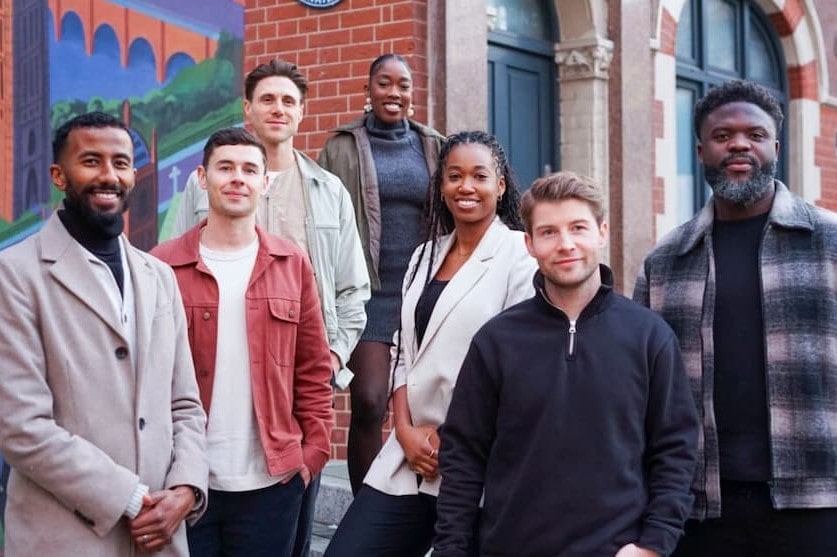AI to better train robots and cars and new gaming chips dominated Nvidia CEO Jensen Huang’s keynote speech at the CES 2025 conference on Monday as the world’s second most valuable firm expounded on its potential to expand its business.
Nvidia introduced what it calls Cosmos “foundation” models that generate photo-realistic videos which can be used to train robots and self-driving cars at a much lower cost than using conventional data.
By creating what is known in the tech industry as “synthetic” training data, the models can help robots and cars understand the physical world similar to the way large language models helped chatbots generate responses in natural language.
Users will be able to give Cosmos a text description that can be used to generate video of a world that obeys the laws of physics.
This promises to be much cheaper than gathering data as it is done today. To train self-driving cars, for example, companies have fleets of vehicles that roam streets to gather data, and humanoid robots are often trained by having real humans repeat tasks over and over.
Huang, however, cautioned the Cosmos models will need much more data before hitting their “ChatGPT moment.
Cosmos will be made available on an “open licence”, similar to Meta Platforms’ Llama3 language models that have become widely used in the tech industry.
“We hope (Cosmos) will do for the world of robotics and industrial AI what Lama3 has done for enterprise AI,” Huang said.
Nvidia said Toyota Motor will use its Orin chips and automotive operating system to power advanced driver assistance in several models. It did not give details about the models.
Huang expects automotive hardware and software revenue of $5bn (R92.8bn) in fiscal 2026, up from an expected $4bn (R74.2bn) this year.
CES, formerly known as the Consumer Electronics Show, runs from January 7 to 10 in Las Vegas, US.









